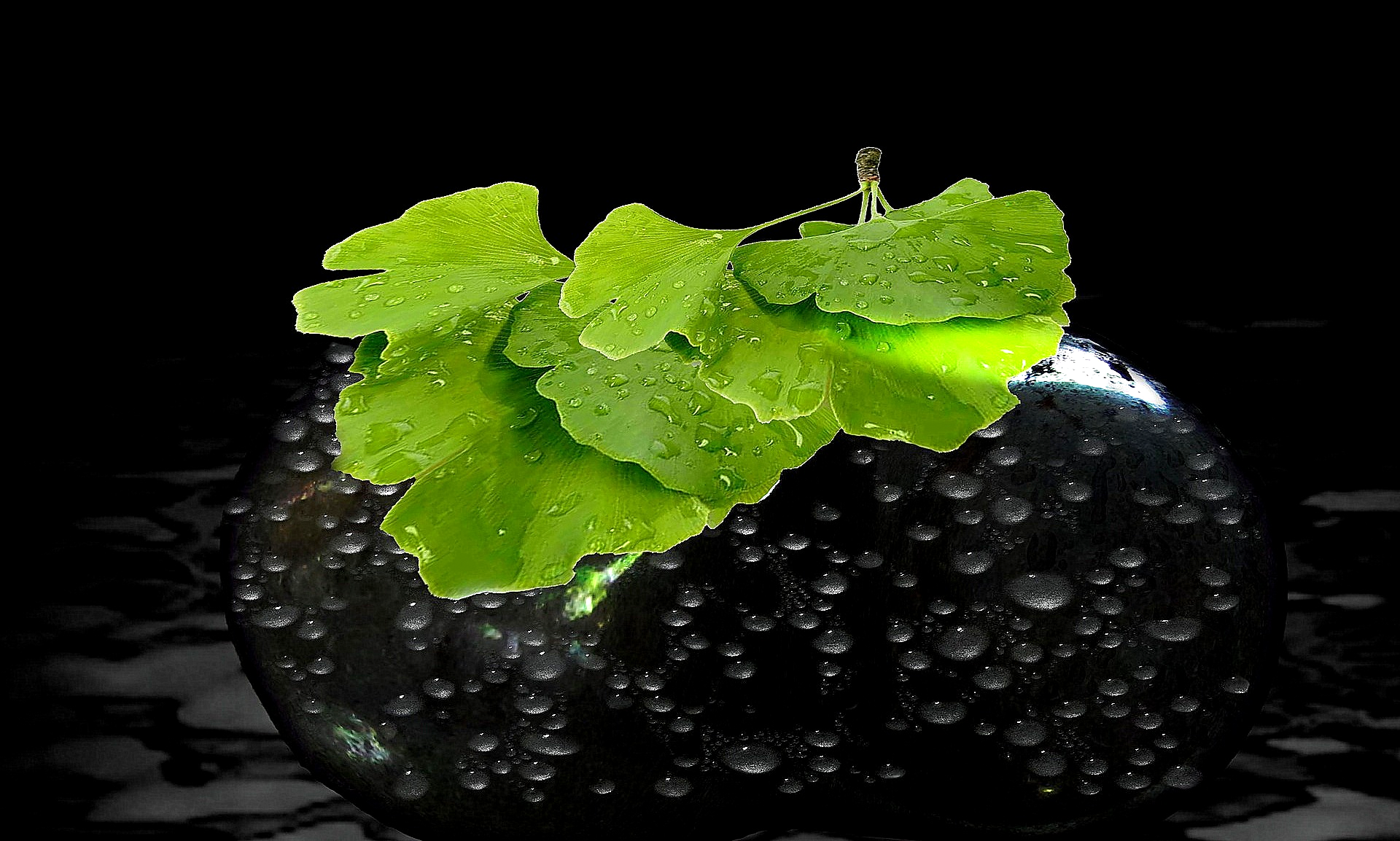Summary
Eine Substanz soll in der Homöopathie einmal "symptomenauslösend", einmal "heilend" wirken. Woraus leitet die homöopathische Lehre dies ab?
In homeopathy, a substance is said to have a "symptom-triggering" effect at one time and a "healing" effect at the other. On what principles is this derived in homeopathic thought?

Hahnemann’s principle of similarity, “Let similar things heal similar things”, is the cornerstone of homeopathic teaching. It states that a substance which is capable of causing certain symptoms in a healthy person can cure those same symptoms in people who suffer from them.
Let us first remember that Hahnemann did not know “diseases” in the sense of typifying phenomena, as we diagnose them today as diabetes, influenza, thyroid dysfunction etc. and treat them – as causally as possible. He saw the symptoms (the individual bundle of symptoms) as “all that is to be known of a disease” and attributed the “cause” to a “disgruntled spiritual life force” alone. This is also the basis of the repeatedly heard assertion of homeopaths that “conventional medicine” does not treat causation, but only symptoms, and that only homeopathy is a causal therapy. As we can see, from the homoeopathic point of view this can be explained – but it is still wrong.
However, it is important to understand Hahnemann’s train of thought correctly. For example, one repeatedly finds the view that the principle of similarity cannot be correct because, for example, arnica in a higher (pharmaceutically effective) dosage is not used to cause swelling, but to treat it – just like the potentised arnica globules. This is the case with a whole range of substances. From which the conclusion may be drawn that this is a “weak point” of the homeopathic doctrine, especially of the principle of similarity, because a substance cannot be equally effective (curative) in homeopathic as in pharmaceutically effective doses…! In homeopathic teaching, there is a “reversal of effect” from triggering (high dosage / low potency) to healing (low dosage / high potency) that is linked to the dosage. Approximately in the same way as an optical lens produces an upside-down image of the original.
But to connect the homeopathic “reversal of effect” with the dosage (more precisely: the potentisation) of the remedies is a misconception. Hahnemann nowhere denied “allopathic” doses an effect in the sense of the principle of similarity. The homoeopathic “reversal of effect” is based solely on the principle of similarity as the first and original foundation of Hahnemann’s thought system and is based solely on whether a remedy is administered to a healthy person or to a sick person.
There is no postulate by Hahnemann with which he makes the fundamental homeopathic “effect”, the “similia similibus curentur”, dependent on the “dosage” (dilution or potentisation). He himself started with – rather high – “allopathic doses” (as in his own cinchona bark experiment, from which he derived the principle of similarity). This fits in with the fact that Hahnemann himself pointed out that the “healing successes” of his allopathic colleagues could actually only be explained by the fact that they accidentally administered a suitable homeopathic remedy – but in an allopathic dosage.
How did Hahnemann come to dilute and “potentise”? At first he diluted purely pragmatically because of the frequent toxic effects of his remedies and only later arrived at the principle of potentisation when he believed he could recognise an ever better effect of the higher dilutions. Presumably he was fooling himself by not realising that this “better” effect was probably only the absence of toxic and other, unknown side effects. Just as the “superiority” of his homeopathy over the medical methods of his time resulted solely from its far lower harmfulness.
As he moved into seemingly ever more effective high degrees of potency – certainly under the criticism of his contemporaries – he said goodbye to the idea of “material effects” of his remedies and introduced the conceptual pair of the “detuned spiritual life force” and the “spiritual medicinal power” of his substances that would correct it.
The “dosage” of substances used in homeopathic drug testing on healthy people today is not bindingly prescribed, neither by Hahnemann nor by today’s rules of procedure. Pure starting substances and mother substances prepared according to homeopathic rules are also used alongside potentised preparations. It is often pointed out that Hahnemann’s preferred “test potency” was 30C. However, Hahnemann only gave this recommendation (not prescription) in later years, when he had already arrived at far higher degrees of potentisation (Q and LM potencies).
The strict separation of Hahnemann’s principle of similarity from the question of dosage is not always successful even for homeopaths. Thus, the dosage problem (unsolved and unsolvable for lack of criteria) is often mixed up with the reversal of effect, even among homeopaths. Some homeopaths teach that a changed potency also means a changed drug picture, which is also found in numerous repertories (the lists of the results of homeopathic drug tests).
But not only that! Although the influence of dosage on the drug picture is excluded according to Hahnemann, there are homeopaths who not only ignore this, but also attribute to dosage absolutely opposite effects on the principle of similarity. The homeopath Meili attributes increasingly specific effects to higher potencies, so that the demands on the similarities grow – to the point of the impossibility of being able to find such a specific drug picture at all. Boenninghausen advocates the opposite: he ascribes increasingly higher potencies an increasingly non-specific effect, which in extreme cases does without repertorisation and thus without the principle of similarity – simply because at extremely high potencies every homeopathic remedy unites all drug pictures in itself. More contradiction is hardly possible.
But we have just seen that all this cannot be (both must be wrong)-it depends on the substance and the question whether it is administered to healthy or sick people, not on the degree of potentisation. In the sense of Hahnemann’s teaching, this can only be responsible for the “strength” of the effect of a remedy.
And that means?
Does this make homoeopathy “more correct”? Of course not. Since homeopathy does not have a fixed concept of disease according to diagnostic criteria, the very question of who is a “healthy person” and who is a “sick person” is a problem. And not only during a homoeopathic treatment, but already during the drug trial. It presupposes a kind of “complete health” in order to be able to produce an “unadulterated” result. Is there such a thing? At what point is it an “imbalance of the spiritual vital force”? An example of this is, for example, the dispute about whether sore muscles in the homeopathic sense are such an upset and thus “treatable” or not. The well-known Shang/Egger study from 2005 led to such a dispute, never really resolved, because it could not find any significant effect for “sore muscles”.
Apart from the fact that the principle of similarity does not exist (otherwise the pharmaceutical industry would have long since switched to homeopathy with flying colours because it would save them enormous research effort), it is far too indeterminate as a diagnostic-therapeutic principle to be able to produce reproducible results. And once again the hint that we can be glad that Hahnemann’s principle of similarity does not exist: if it would unfold its effect, especially the pathogenic effect in healthy people, completely independently of the dose, then mankind – constantly confronted with countless such substances – would actually have to languish on the brink of extinction long ago, in a somehow constantly oscillating state between healthy and sick. And a highly effective homeopathic potency would be capable of causing the most serious damage at the slightest misjudgement of the symptoms of an “out-of-tune spiritual life force”.
This also and especially applies to homeopathic drug testing on healthy persons, where a high test potency (e.g. C 30) may well protect against a material poisonous effect of the test substance, but cannot have any influence on the dose-independent symptoms in the homeopathic sense. In the final analysis, this would mean that the healthier the subject, the more dangerous the drug test is for him.
None of this is clarified and discussed in the homoeopathic community. How is this possible? Homoeopathy has no factual basis from the beginning, and that is precisely why such castles in the air can come into being, hold their own and coexist – to each homoeopath his homoeopathy. Further proof of complete unscientificness.
The Homoeopedia comments:
“The helplessness and chaos within the thought structure of homoeopathy are unmistakable. The “total artwork of homeopathy” is in itself full of contradictions. These contradictions can only coexist simultaneously if the object of homoeopathy is unreal and the contradictions do not relate to facts but only to opinions – and even then only if one is prepared to admit contradictory opinions simultaneously.
Science cannot do that – it must not even do it, otherwise there would be no gain in knowledge.”



One Reply to “The Homeopathic Principle of Similarity or: What is the “reversal of effect”?”
Comments are closed.